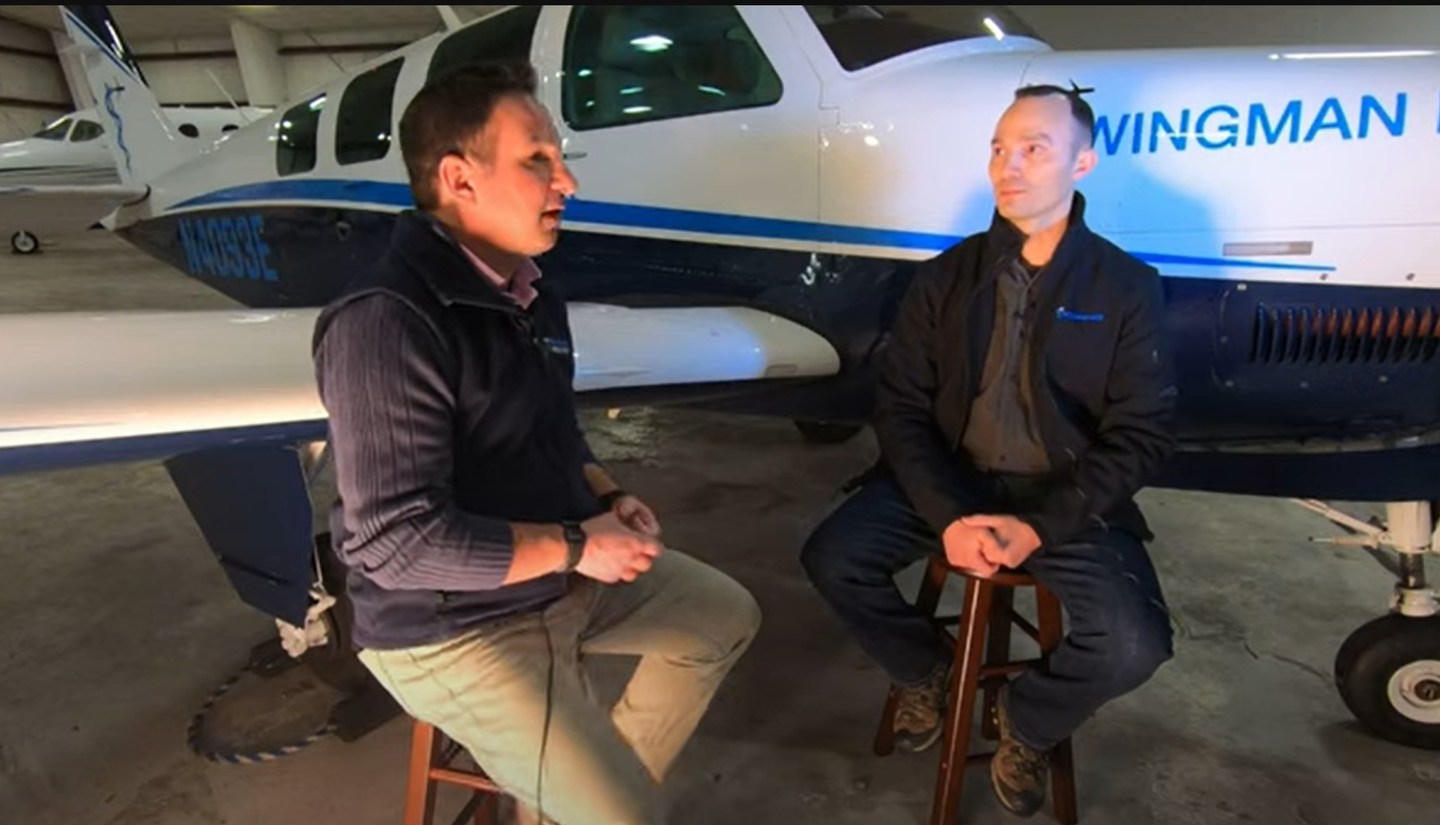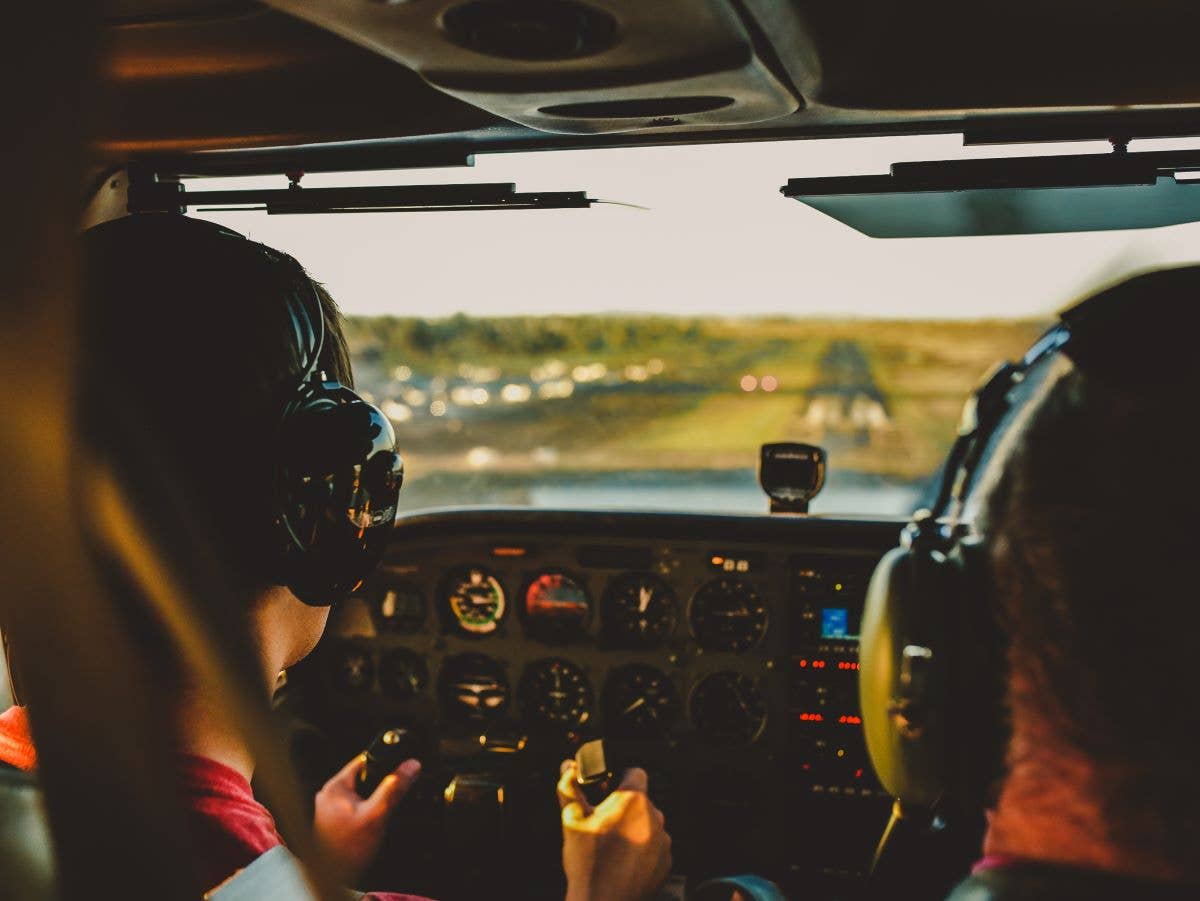Avionics Academy: ADS-B For Factory Glass Panels
Check with the aircraft manufacturer first
 |
As the FAA's 2020 ADS-B Out mandate approaches, an increasingly wide array of products are available for operators needing to retrofit their airplanes. There's one class of airplanes, however, for which the upgrade path hasn't been at all clear---those that came from the factory with a glass panel. While brand-new glass-panel airplanes today typically come equipped for ADS-B Out, older airplanes with glass panels that predate the mandate typically will require an upgrade---and that raises issues: Do you get the upgrade from the avionics vendor, or from the aircraft manufacturer? Do you have to upgrade the panel, or can you add something like a stand-alone Universal Access Transceiver (UAT)? And what about "orphan" airplanes that are no longer supported by the original manufacturer?
Usually, in these columns, I take pains to avoid discussing specific brands or equipment models. But this time around, I'll have to make an exception. Just two vendors---Avidyne and Garmin---dominate the factory glass-panel market for fully certificated airplanes (a third vendor, Dynon, is a big player in the experimental and light-sport market). And one product, Garmin's G1000 and its derivatives, has unique features that raise a special set of issues for operators planning an ADS-B upgrade.
While the general capabilities of Avidyne's Entegra and Garmin's G1000 are similar, older Entegra panels came with a traditional modular radio stack---typically including dual Garmin GNS-430 GPS/NAV/COMs and a transponder. In G1000-based panels, the GPS/NAV/COM and transponder functions are integrated into the system.
Upgrading an Entegra-equipped airplane is no different than upgrading any older airplane: Revise the transponder to an ADS-B-ready model (or add a UAT) connected to one of the GNS-430s as a position source. Provided the -430s are WAAS-capable, that's all you'd need to meet the mandate. If the -430s aren't WAAS-capable, at least one would need to upgraded, or a separate WAAS-capable GPS would need to be added. Avidyne offers a range of products for exactly this situation, but you wouldn't have to buy from them---you could get the required transponder or UAT from a variety of sources.
For a G1000-equipped airplane, though, we face a different situation. There's no separate transponder or GPS to upgrade. Recently built G1000-based airplanes should already come with WAAS and a compatible transponder, so at most, a software upgrade would be required to meet the FAA mandate. But, let's consider a first-generation G1000-based airplane. Those came with pre-WAAS GPS modules. Now you have to upgrade the G1000 system itself, potentially replacing hardware modules and updating system software. And while Garmin builds both the hardware and software, it's customized for each airplane model in consultation with the manufacturer, each of which has its own procedures for system testing and release of upgrades.
Even an Entegra-equipped airplane may benefit from a factory upgrade, if one's available. While any ADS-B capable transponder or UAT can be added to meet the ADS-B Out mandate, getting ADS-B In features like traffic and weather on the Entegra displays would be more complicated.
Owners of older glass-panel airplanes should probably start by talking to the airplane manufacturer about when to expect a factory upgrade for their particular make and model. According to Garmin, all the manufacturers are working on upgrades, and in most cases, I've been able to confirm that (though not necessarily the specifics) on various vendor Web sites.
That said, there are a few cases where a factory update might not be what you want---or might not be available at all.
Going back to an airplane that came from the factory with a pre-WAAS G1000, a full factory upgrade to add dual WAAS GPS capability and ADS-B will probably be very expensive (several tens of thousands of dollars). If you fly that airplane only in U.S. airspace and always fly below 18,000 feet, you could save quite a bit of money by leaving the panel alone and adding a stand-alone UAT with its own GPS. The downside of that is that your ADS-B solution wouldn't be integrated with the panel.
A worst-case situation is an "orphan" airplane that's no longer supported by the manufacturer. Lancair's Columbia is one example---the design was acquired by Cessna, which isn't particularly interested in supporting old airplanes they had no role in producing. For these, and similar cases, Garmin is working on a relatively low-cost, semi-integrated option that would most likely involve a UAT (or an upgraded transponder) using a separate GPS position source. A Garmin representative told me that they expect to offer such an upgrade that would be "very price competitive."
Avidyne already offers a range of ADS-B upgrade packages for Entegra-equipped aircraft that vary in cost from less than $5,000 to more than $36,000.
ADS-B upgrades to glass-panel airplanes certificated in the normal category must be covered by a Supplemental Type Certificate (STC). For light-sport aircraft (LSAs), the situation is a bit different since there's no STC process. According to the FAA, any modification to add ADS-B to an LSA "must be authorized by the aircraft manufacturer or a person authorized by the FAA." Just as with normal-category airplanes, you'll want to start by talking to the aircraft manufacturer; if there's no factory option, try calling the company that made the panel to see if they have an upgrade that the factory endorses. One option for owners of orphan LSAs would be to re-certify in the experimental category---then you can make any modification you want.
FOR MORE INFORMATION
|
| Avidyne http://www.avidyne.com/downloads/brochures/ADS-B_Entegra.pdf FAA Equip ADS-B Frequently Asked Questions Garmin ADS-B Academy |

Subscribe to Our Newsletter
Get the latest Plane & Pilot Magazine stories delivered directly to your inbox






